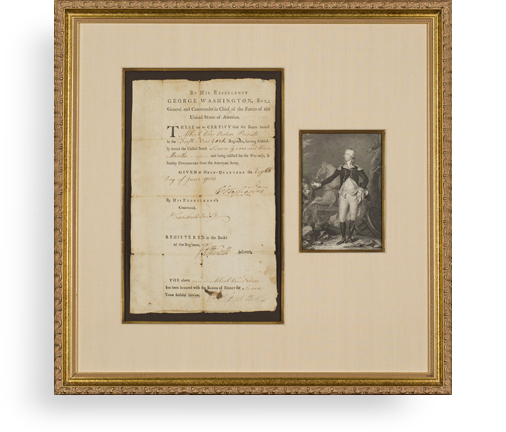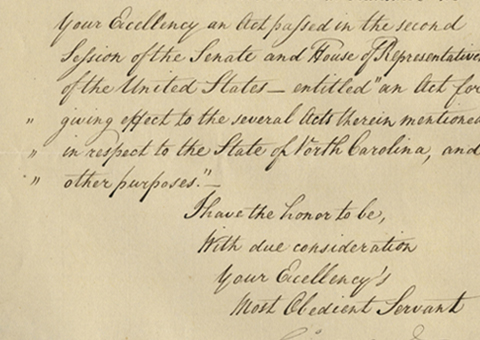The Inventor of the Submarine, Simon Lake, Draws and Annotates His Great Invention


The first such drawing we have seen from Lake, who made the first submarine voyage on the open sea.
Inspired by Jules Verne's Twenty Thousand Leagues Under The Sea, Simon Lake designed a submarine and submitted plans to the U.S. Navy in 1892. In 1894 he built his first experimental submarine, The Argonaut, Jr., that was successfully demonstrated at Sandy Hook, NJ. The success led to the formation of the Lake...
Inspired by Jules Verne's Twenty Thousand Leagues Under The Sea, Simon Lake designed a submarine and submitted plans to the U.S. Navy in 1892. In 1894 he built his first experimental submarine, The Argonaut, Jr., that was successfully demonstrated at Sandy Hook, NJ. The success led to the formation of the Lake Submarine Co. in 1895, which built the Argonaut, the first submarine to operate successfully in the open sea, sailing from Norfolk, VA for a thousand miles to Sandy Hook, arriving in November, 1898. This fulfillment of a vision drew a congratulatory telegram from Jules Verne himself. In 1901, The Lake Torpedo Boat Co. was formed, which became the main company that built submarines for the United States and foreign countries. Lake served as its president and general manager until 1916.
Autograph Manuscript Signed “Inventor, Simon Lake", dated by him January 10, 1940, being an annotated pencil sketch of his submarine design, matted and framed to 20 by 25 inches. Lake provides this annotated sketch of the side and aerial view of a submarine, explaining the location of wings and propellers, as well as speed variants above and below water. For example, he points out “detached wings to hold hull” and “propellors arranged so that at least one will be under water when running over seas”.
Perhaps a unique drawing of this key invention, and certainly the only one we have seen.

Frame, Display, Preserve
Each frame is custom constructed, using only proper museum archival materials. This includes:The finest frames, tailored to match the document you have chosen. These can period style, antiqued, gilded, wood, etc. Fabric mats, including silk and satin, as well as museum mat board with hand painted bevels. Attachment of the document to the matting to ensure its protection. This "hinging" is done according to archival standards. Protective "glass," or Tru Vue Optium Acrylic glazing, which is shatter resistant, 99% UV protective, and anti-reflective. You benefit from our decades of experience in designing and creating beautiful, compelling, and protective framed historical documents.
Learn more about our Framing Services








































































































